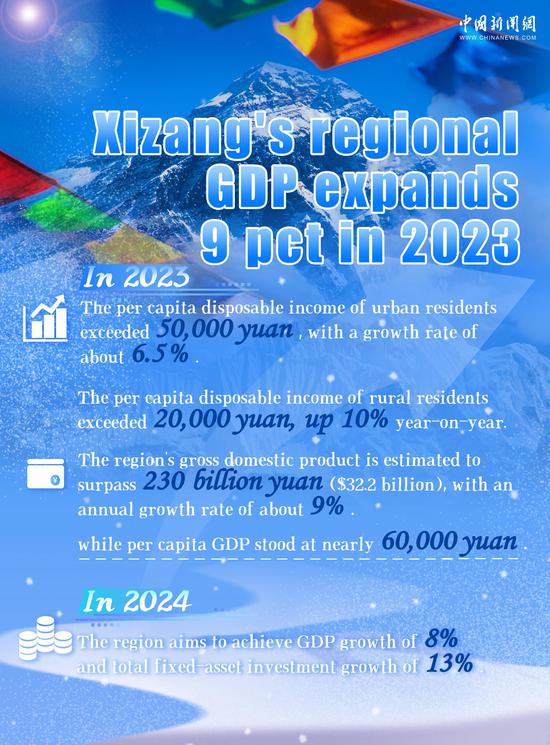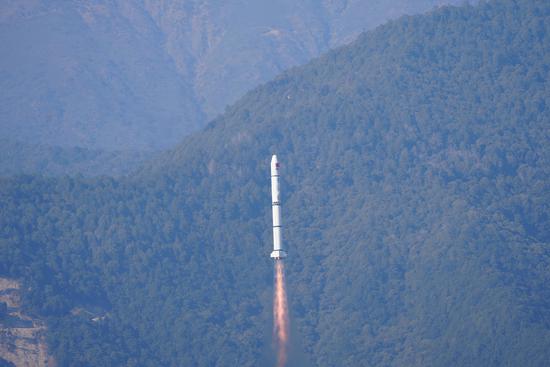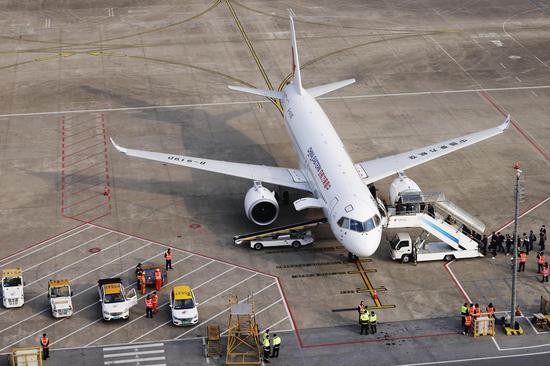In 2023, China has ramped up informationization of meteorological data, launching a new generation of meteorological supercomputing system with 6.5-times higher computing power, China Media Group reported on Wednesday.
A number of breakthroughs in core meteorological technologies have been achieved. With the arrival of version 4.0 of the global assimilation forecasting system in operation, the horizontal resolution of the model has extended to 12.5 kilometers, and the number of available forecasting days in the northern hemisphere could stably exceed eight days for the first time.
In addition, the intelligent weather forecasting has expanded to three-dimensional and global area, with the forecast accuracy rate increased by 4.6 percent on average; the average 24-hour forecast error of typhoon path reached 62 kilometers, the best in history; the accuracy rate of the 24-hour rainstorm forecast reached a new record; and the advance of the warning signal for strong convective weather reached 43 minutes.
Last year, China built 123 new weather radars, while the country's radar coverage rate increased by 5.5 percent on a yearly basis.
In 2023, the benefits of meteorological services in disaster prevention and mitigation are significant, and the losses due to meteorological disasters recovered by meteorological information were calculated at more than 560 billion yuan ($78.72 billion).
In the future, the meteorological department will implement the intelligent meteorology, enhance public meteorological service capacity to accelerate the modernization of meteorological scientific and technological capabilities and modernization of its social services.


















































 京公网安备 11010202009201号
京公网安备 11010202009201号